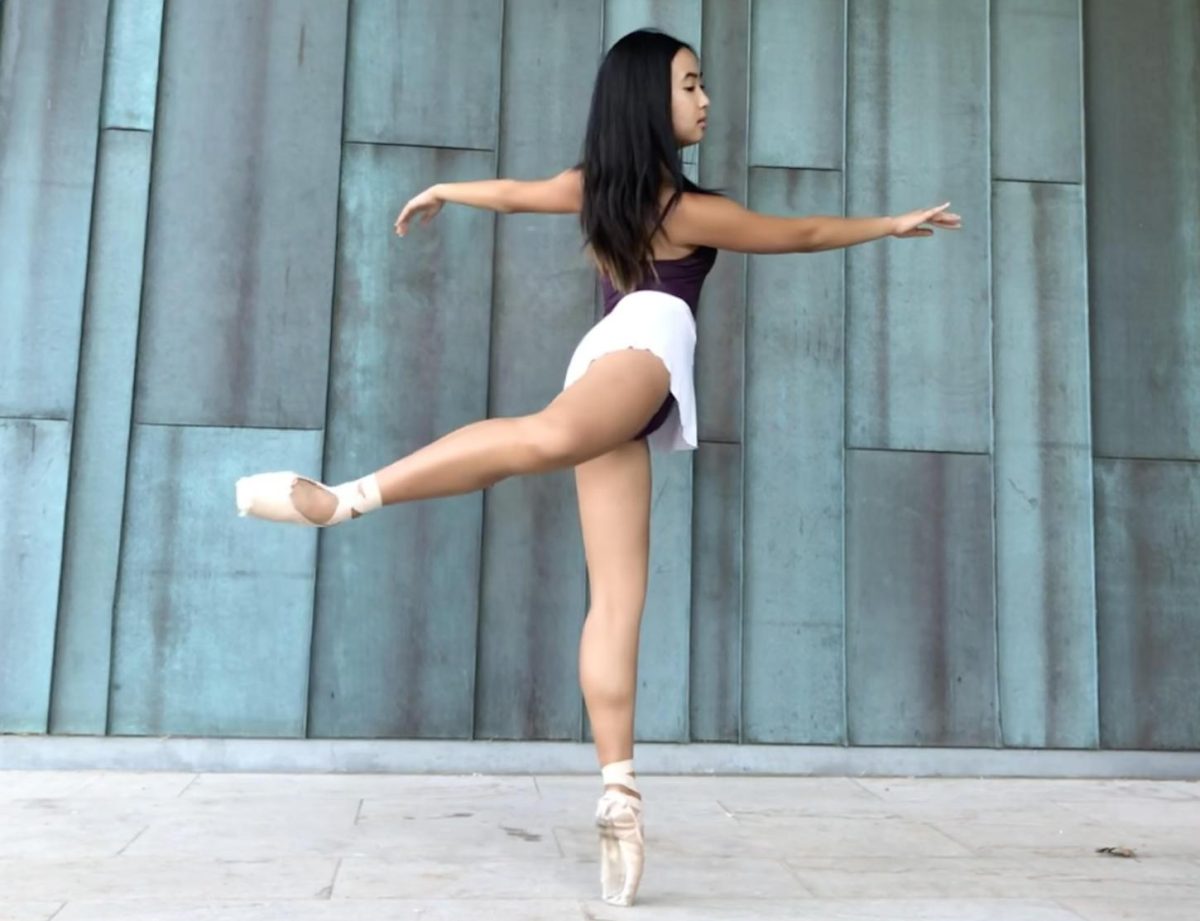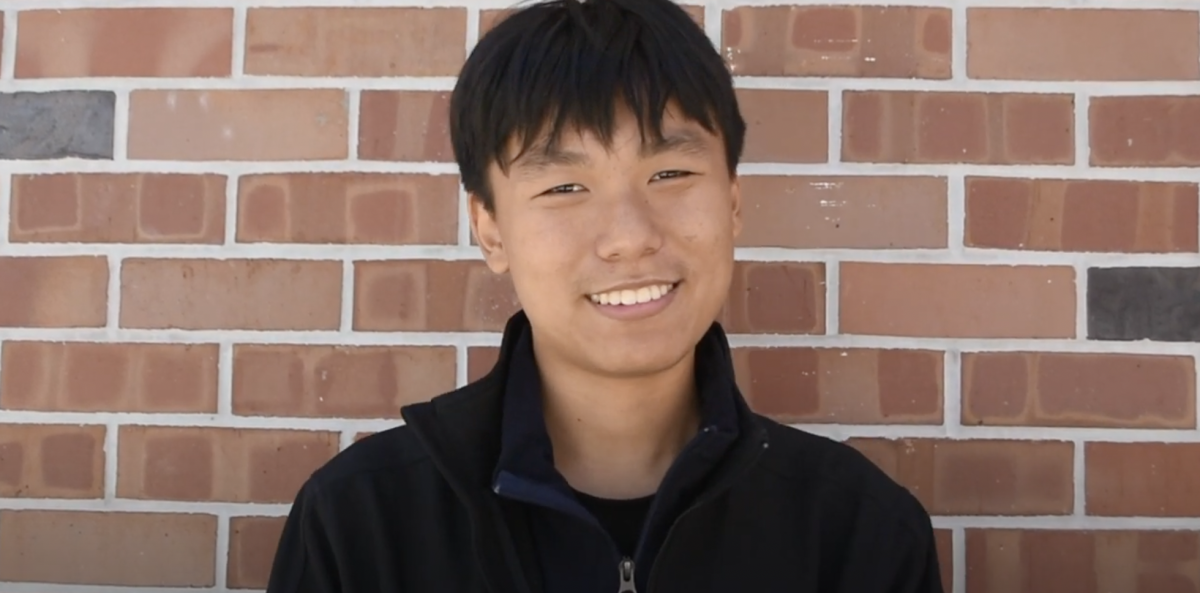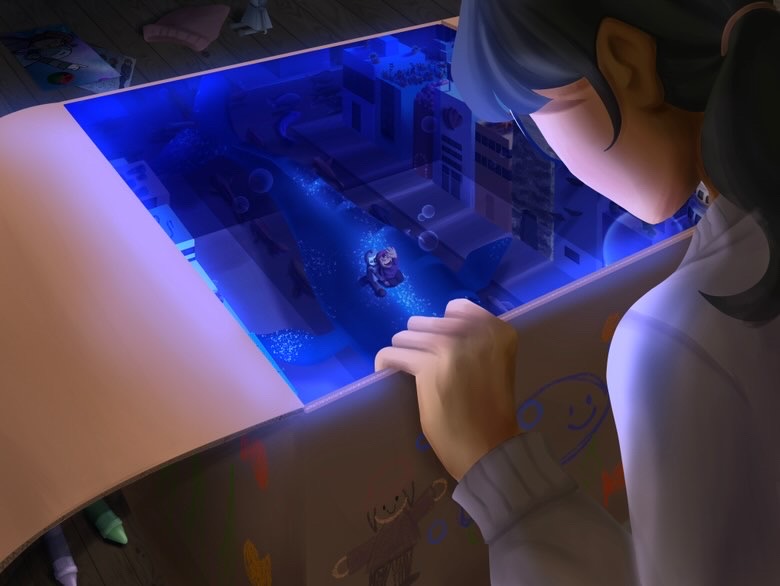Bright lighting, smooth wooden floors and a wall-to-wall mirror with a barre make up the classic ballet studio. This is where some students spend hours a week practicing for performances and competitions, but that isn’t for everyone. For instance, junior Genevieve Lo said she never felt a passion in her seven years of ballet training, leading her to finally stop taking classes.
“I guess I did it to please my mom because I’ve always wanted her approval,” Lo said. “[But] it took too much of my time, and to me that wasn’t worth it.”
Contrary to this experience, sophomore Joie Chong enjoyed their digital art classes and a variety of traditional art styles. They say art also helped them build a sense of community and influenced their mindset, both of which made it tough to quit.
“[As an artist] you’re unable to see the world as a normal person because you look at everything and see the basic shapes behind it — you see the lighting and everything,” Chong said. “It’s nice to be a part of that world, but you can’t really leave it.”

Even so, Chong quit their art classes after it became difficult to balance school with several hours of art every day. Lo’s dance classes also required a substantial time commitment of four to six practices per week, and as Art teacher and Art Department lead Brian Chow notes, the arts are often not a priority when students choose how to spend their time.
“Arts in this area and the community in general really focus on the STEM part of it, not the STEAM part of it,” Chow said. “The A for art is really just more of an accessory to call it something fancy, but [does] not truly [dive] into how important creative problem solving is in the workplace in all industries. That’s what art provides.”
In fact, a study published in the FWU Journal of Social Sciences found that students who had received student-centered arts education at a young age performed significantly better on problem-solving and creative thinking tasks later in life. An article published by the Harvard Business School adds that these skills are sought after in all industries, especially STEM.
Yet Chow says some of his students have taken a break-year from art or have even stopped taking art classes to make time for other, more STEM-focused courses and activities. Lo agrees that the extra time she had after quitting dance was helpful to her, albeit personally and not academically.
“I feel like I have a lot more freedom, and I can do whatever I want,” Lo said. “I want to prioritize myself to be happy and not to do something just for the sake of doing it.”
Even though Lo enjoys her new-found free time, she says the transition wasn’t entirely smooth, as quitting ballet forced her to rebuild routines she had developed over years.
“I feel a little lost, because ballet kind of gave me structure,” Lo said. “I always knew [I’d] go to dance and [then] I [could] do homework. Now I’m just in the process of trying to find something that I like to do.”
For Chong, since they still enjoy art, they chose to continue creating and publishing digital art on Instagram. They feel that not having the requirements or limitations of a formal class has allowed them to explore their style in a new way.
“What most people don’t realize is that classes are to help you get to a certain skill level with a specific skill set, and if you don’t learn ways to be flexible within an art form, you get stuck in this one spot,” Chong said. “[So] I started doing studies where I’m able to be flexible with my art style so that I can achieve different looks for whatever I want.”
Although neither Chong nor Lo regrets quitting, Lo expressed that she had more difficulty with the decision. Not only was she sad about leaving her friends at ballet, but she also worried about how she would be perceived afterward.
“In the back of my mind I’ve always known I never really liked [ballet], but also I’ve been doing it for so long,” Lo said. “I feel like it looks like I’m a quitter and I just didn’t stick through with it the whole time or I should have chosen something else to do.”
While Chow generally believes persistence is key for young artists to achieve the results they hope for, he also acknowledges the importance of choosing one’s own path for creative success.
“If you let the outside world get into your head and tell you what you should do, or what you shouldn’t do, then that’s detrimental to your creative development,” Chow said. “There’s no right answer or right path. It’s a very individual path for people when you’re being creative.”

























